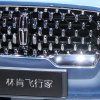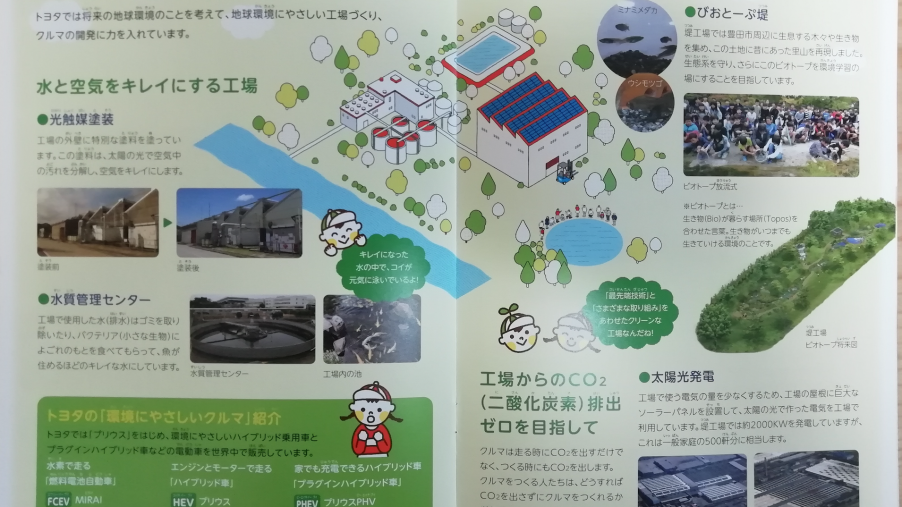
Toyota Sabotaging Electric Vehicle Sales in Japan Says Electrek
Toyota has been extremely late in embracing electric vehicles, and it is puzzling. It pioneered hybrid cars with the Prius 25 years ago with the 1997 Prius. But while most other automakers learned from the Prius and found EVs to be the next step, Toyota has publicly thrown shade on EVs. Even the head of Toyota M Toyoda, told the Wall Street Journal, “The more EVs we build, the worse carbon dioxide gets.”
Now, Electrek says that Toyota is flat out sabotaging EV sales in Japan with propaganda and misinformation slamming EVs. It says this anti-EV position started when the electric RAV4 was first introduced in 2012. Slow charging times and a range under 100 miles were an unsuccessful first stab at an all-electric Toyota.
Wasn’t Toyota ahead in EV development?
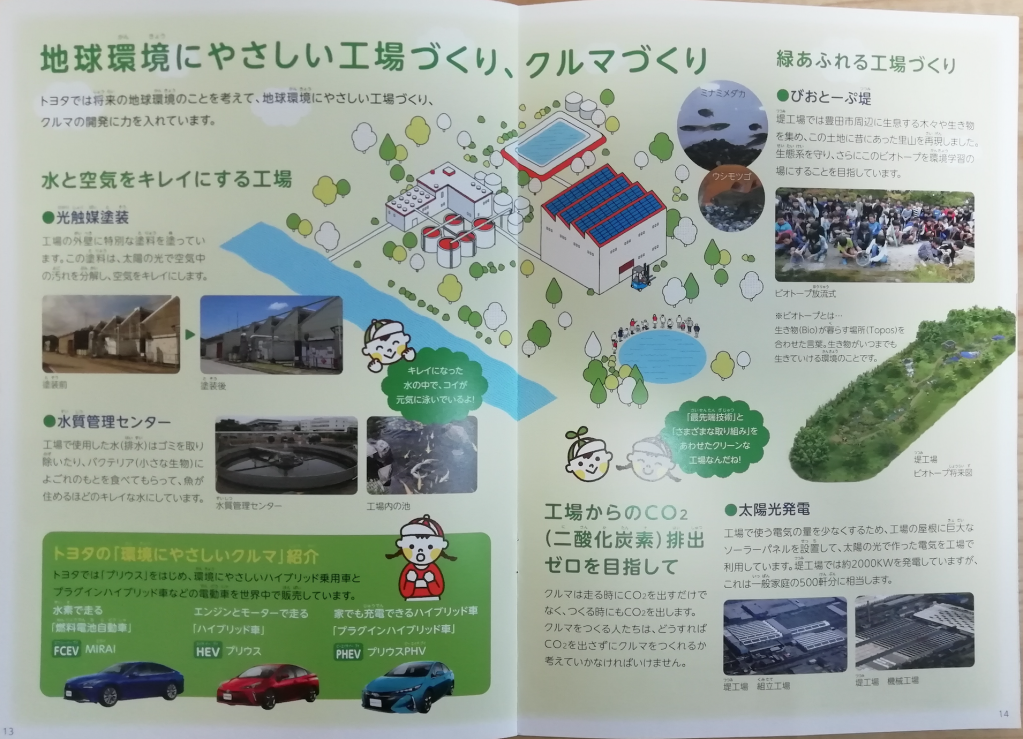
Toyota was so far in on EV development that in 2010 it invested $50 million in Tesla, to begin developing a better RAV4 EV. But it soon lost interest in EV development and sold its Tesla share in 2017. Had it kept that investment it would be worth around $20 billion today.
But the whole first EV experience soured M Toyoda, which became the basis for its seeming campaign to malign EVs. Now the Japanese government has gotten into the anti-EV act. It announced in 2020 it would ban gas-powered vehicles by 2030, then quickly did an about-face.
The Japan Automobile Manufacturers Association came down hard on the announcement. Soon, the government backed down, saying that its goal is for a combo of gasoline/hybrids, EVs, and fuel cells by 2035. JAMA is headed by M Toyoda.
Why is Toyota anti-EV?
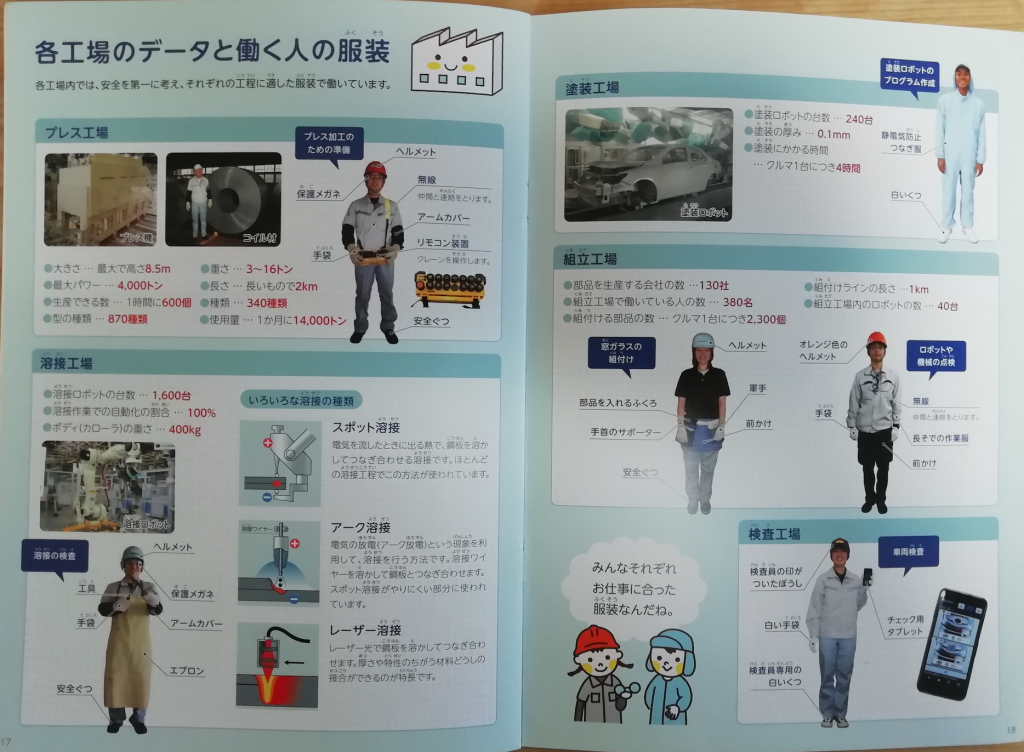
Some of the towns in Japan have joined in the game. In Koyoto, the town recently announced all public works vehicles will be either electric or hybrid by 2040.
Why are both Toyota and the Japanese government anti-EV? Jobs. Many of the components used in Japanese vehicles are made at mom and pop shops sprinkled around Japan. Auto manufacturing helps lots of people to be employed, even if some are toiling in small shops with low-paying assembly jobs.
It is estimated that there are over 30,000 parts in a typical hybrid vehicle. EVs cut that number by a lot. With fewer components necessary, many will be out of work as the tides shift to electrification. It is a valid concern. In Germany, it is a major concern voiced by automakers, but also the government.
Toyota even distributes propaganda to Japanese schools
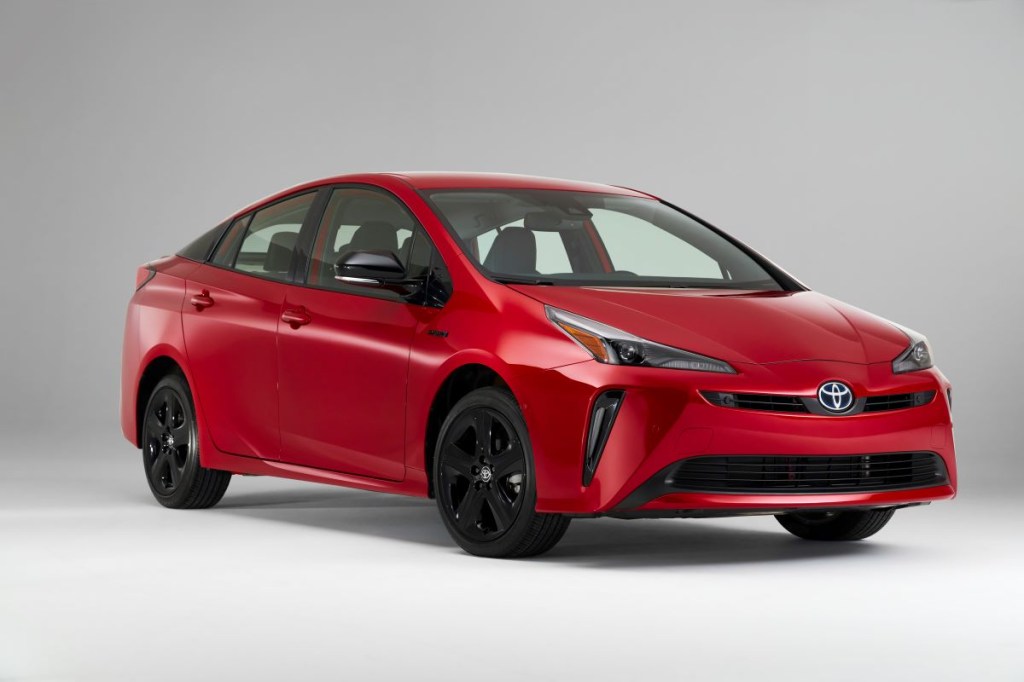
Actual propaganda in Japan is now being published and distributed, even in schools. Pamphlets sent to schools tout FCEV, HEV, and PHEV benefits. But nowhere are EVs mentioned. There are even pictures of happy parts makers in some of the leaflets. In classroom discussions, EVs are not mentioned.
Toyota is also confusing buyers about what is available. It says that all-electric vehicles are not being made yet. It uses different acronyms with EV in the word scramble as another tactic. Nissan has e-power, Honda uses e:HEV and Subaru calls its hybrid systems e-boxer.
Electric vehicle sales in Japan are, not surprisingly, quite low per capita, based on 2020 sales around the world. Only 14,604 sold in 2020. Even the US, which has been slow to adopt and is only now seeing a spike in EV sales, sold 250,000 EVs last year. In China, that number was one million, and 720,000 were sold in Europe.
There are less charging stations now than last year in Japan
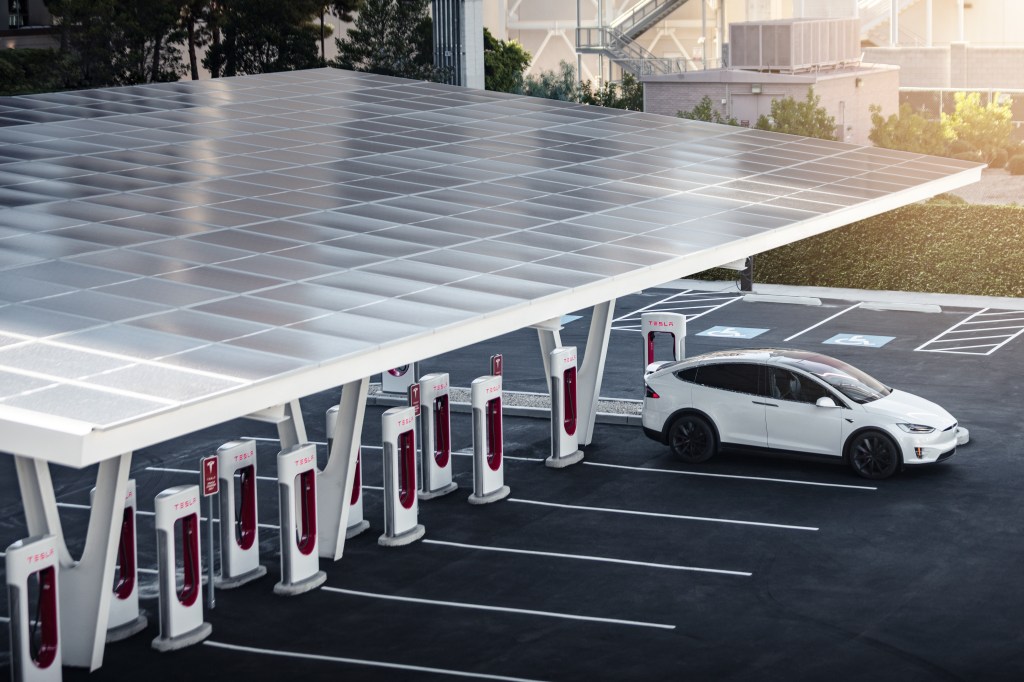
Another strange move is that the number of charging stations has dropped this year. From a high of 30,200 in 2020, there are now 29,200. By comparison, the US has 43,000 public charging stations and 120,000 charging ports.
The problem as we head into the electrified future is not that electric cars aren’t as clean as hybrids. It’s that momentum has shifted to EVs in the public’s mind. The transition is happening now. If Toyota wants to maintain its share of vehicle sales globally, it has to build what the public wants. Either come up with plans to mitigate the loss of jobs now, or face poor sales and the inevitable loss of jobs that comes with it. As they say, you can’t put the toothpaste back into the tube.
